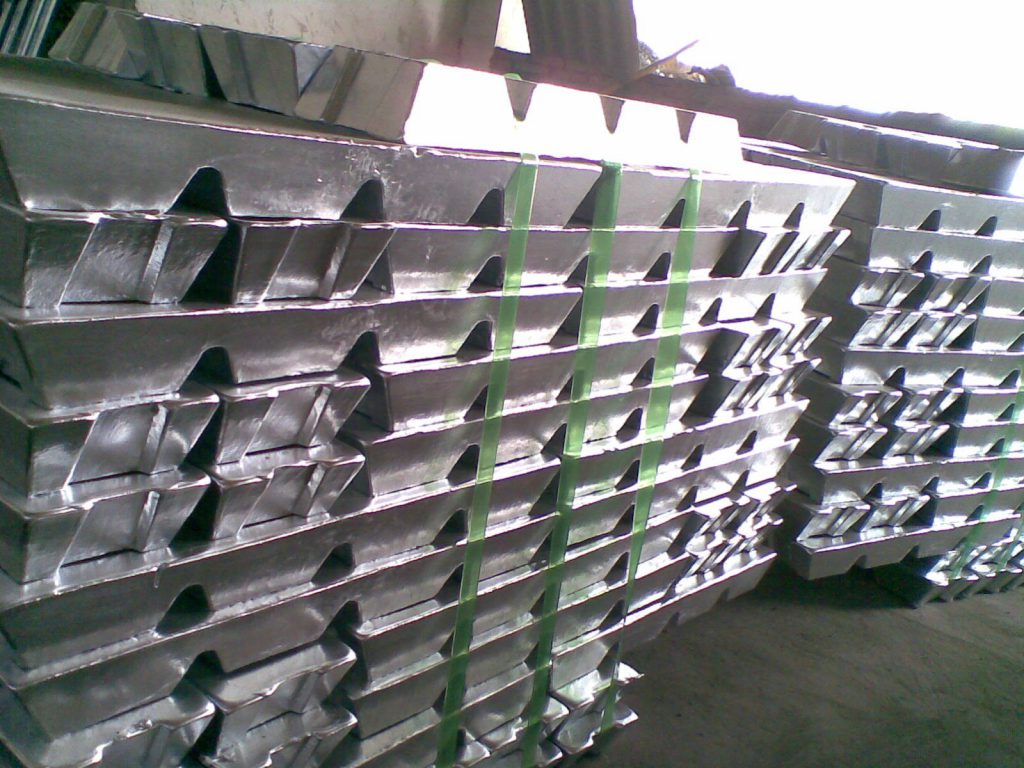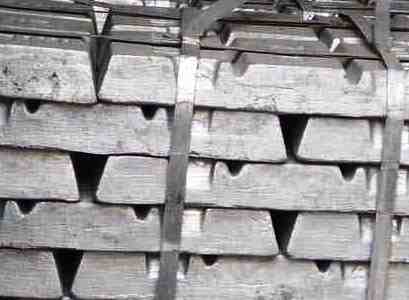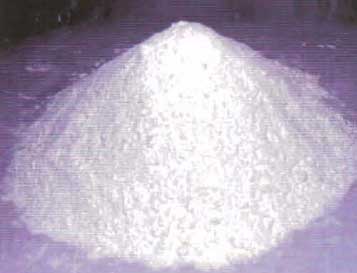| Particular | Test Specification |
|---|---|
| Zinc (Zn) | 99.96% min |
| Lead (Pb) | 0.23% max |
| Cadmium (Cd) | 0.0016% max |
| Copper (Cu) | 0.0009 max |
| Iron (Fe) | 0.0025% max |
Zinc is a metallic chemical element. It has a white color with a bluish tinge. It has a high resistance to atmospheric corrosion and a major use is as a protective coating for iron and steel sheet and wire. Galvanized sheets are a prime example. The melting point of zinc is 419 deg C.
Zinc is a sacrificial material that will give itself up before the steel trap will start to rust. This method is also employed on ship hulls as well as other steel objects in contact with highly corrosive environments. Galvanized conduit and tubing is galvanized to deter rust from small scratches. The galvanized coating will sacrifice itself. Zinc Ingot is refined metallic Zinc in an ingot form.



